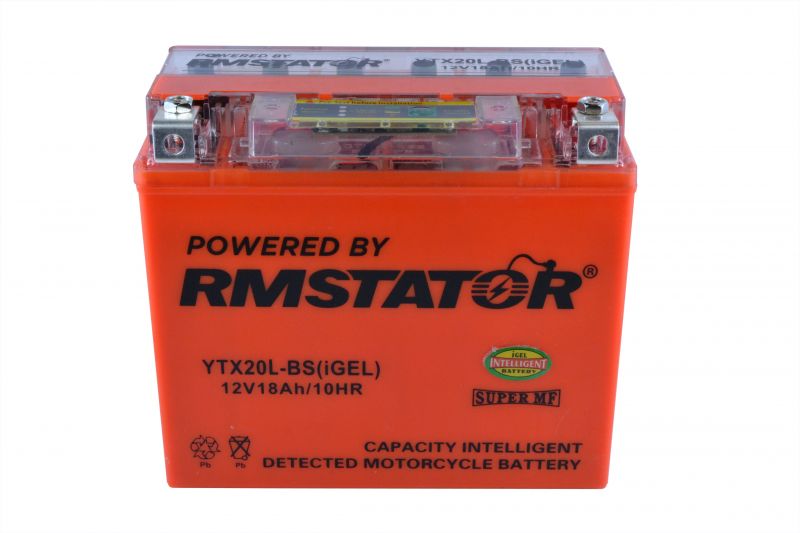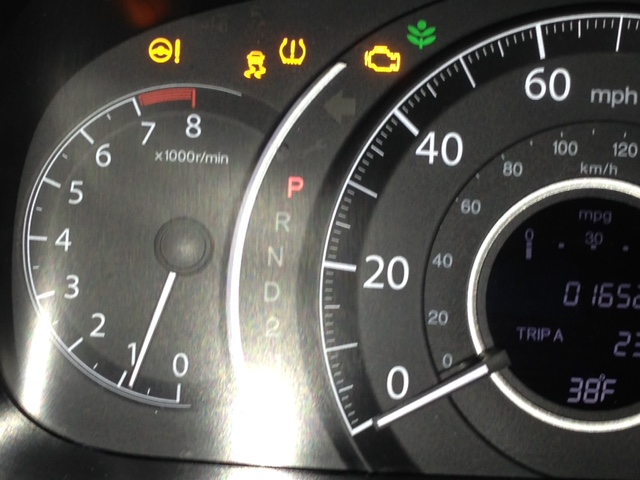
If the seal is damaged, the batteries should be wetted up immediately and the product then treated as WET CHARGED batteries.The maximum storage time of dry-charged batteries before they are commissioned by filling with acid is 24 months.If you keep the batteries cool and dry, and do not remove the seal, dry-charged batteries do not need any other attention.Sales of dry charged batteries within our range is very limited, usually for specialist markets. DRY Charged Batteries: Maintenance of Stock See comments on Digital Conductance testers below. Any CCA/state of health reading from the test on a new battery CANNOT be a reliable guide as to specification of the battery.They are designed purely for the testing and evaluation of faulty or used batteries.


(The seal preserves the charge in the battery. Do not remove any seals from dry-charged batteries until you are ready to commission the battery by filling it with acid.(Any higher and there is a risk of them falling over and injuring people). Store shrink-wrapped batteries up to 3 high.To avoid damaging terminals that stand proud of the lid). (To avoid scratching, and tearing labels.

Do not stack batteries on top of other batteries.Store batteries in an upright position.(Heat causes batteries to lose charge more quickly, and excessive heat can damage batteries). Protect batteries from excessive heat.Store batteries in a cool, dry, well-ventilated area.Recharge date is only an indication of recharge period as self discharge is subject to storage conditions. Please use the recharge date to ensure that the oldest batteries leave your stock first. This makes it easy to identify the oldest and newest batteries in stock. On the back of the battery there is a label showing the expected period before the battery will require recharging. Batteries slowly lose their charge, and good stock-rotation stops batteries going flat in storage and makes sure that the customer buys a good battery. Date Coding of batteries for stock rotation purposes


 0 kommentar(er)
0 kommentar(er)
